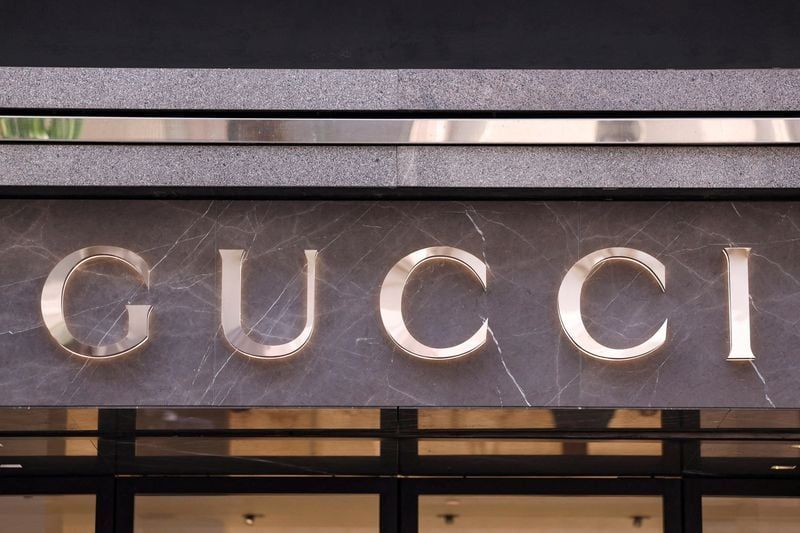Europe's Fashion Industry Faces Geopolitical Wake-Up Call

In an increasingly volatile global environment, characterized by rising economic nationalism, escalating tariff disputes, and the strategic weaponization of trade, Europe's fashion industry faces a significant risk of being caught unprepared. This crucial warning was delivered by French economist Sébastien Jean during an address to professionals in the French textile and clothing sector on September 24.
Sébastien Jean, who serves as the associate director of the Geoeconomics and Geofinance Initiative at IFRI (Institut Français des Relations Internationales) and a professor at the Conservatoire National des Arts et Métiers (CNAM), was invited by the Fédération de la Maille et de la Lingerie to speak at the event. His keynote speech delved into the evolving global order, specifically how it has been reshaped since the era of former U.S. President Donald Trump, and highlighted Europe's precarious position, caught between two dominant global powers.
Jean articulated that the European Union was conceived in the aftermath of wartime trauma as a project to dilute the power of individual nations. He argued that the current resurgence of power politics directly contradicts these foundational values, making it challenging for Europe to effectively advance its interests in a more confrontational international arena. Furthermore, he identified Europe's vulnerabilities as insufficient investment and a continued reliance on imported raw materials, while primarily exporting finished goods.
While the United States engages in a persistent power struggle with China, simultaneously easing tariffs for its immediate neighbors such as Mexico and Canada, many other nations are grappling with tariff rates that often hover around 15%. Jean pointed out that, contrary to popular belief, the European Union actually ranks among the better-placed markets globally, despite some countries like Switzerland, Brazil, and India experiencing perplexing and impactful tariff hits.
The economist observed that the U.S. has notably managed to leverage its economic "suzerainty," effectively making other nations bear costs without triggering a recession since the so-called "Liberation Day" in April. However, he expressed skepticism regarding Washington's long-term objective of revitalizing domestic industry through protectionist measures. Jean highlighted the significant disparity in employment figures: the U.S. industrial sector employs 13 million people, compared to 30 million in Europe and 120 million in China. He concluded that while Washington's confrontational stance offers considerable short-term leverage, it risks undermining the country's relationships with its allies and weakening crucial trade agreements with its own neighbors.
In response to the escalating weaponization of trade—a defining characteristic of the tug-of-war between global powers—Sébastien Jean advocates for a fundamental shift in mindset. He emphasized that contemporary economic conflicts transcend mere market forces, now encompassing diplomatic confrontation and, in certain instances, geopolitical invasions where political objectives overshadow traditional financial logic.
Jean elucidated that the phase of globalization, predominantly driven by supply chains from the 1990s until the 2008 financial crisis, was followed by a period of stabilization during which China emerged as a formidable economic rival to the United States. He now posits that we are entering a new era, initiated by Washington, which he terms "hostile interdependence." This era is marked by increasing fragmentation and unpredictability in global trade, leading to a profound erosion of trust in international trade agreements.
Uncertainty, Jean contends, has become the new norm. He explained that during the previous globalization phase, the rule was straightforward: source from wherever it was cheapest. However, in an environment where supply chains are highly dependent on third parties, exclusive reliance on market mechanisms is no longer viable. Securing one's supply chain has consequently emerged as the paramount imperative.
While the event did not offer definitive solutions for the future of the global economy, the textile and clothing professionals in attendance conveyed a palpable shared unease regarding the unpredictability of the years ahead. This concern is amplified by existing disruptions impacting the industry, including instability in access to free information, the rapid advancement of artificial intelligence and quantum computing, and an impending demographic crisis, with two-thirds of the global population now residing in countries below the population replacement rate.










